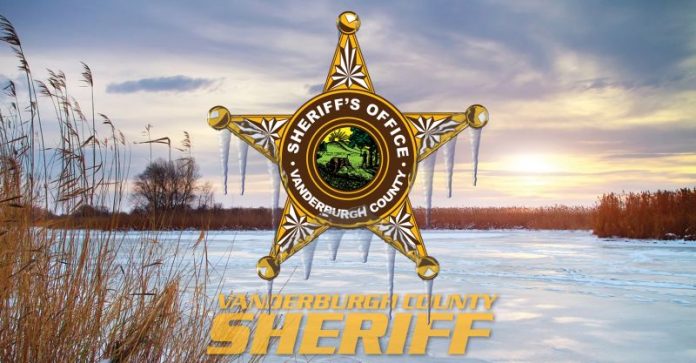Event to Feature State and Local Leaders, Honoring Evansville’s Historic Landmark
EVANSVILLE, IN – October 20, 2025 – The Veterans Coliseum Preservation Foundation
invites members of the media to cover their Inaugural Gala on Saturday, November 1, 2025, at the Old National Events Plaza in downtown Evansville.
The evening will celebrate the ongoing efforts to restore and preserve one of Evansville’s most iconic landmarks — the Soldiers and Sailors Memorial Coliseum, built in 1916 to honor local veterans of the Civil War and beyond.
Event Schedule:
• 6:00 PM: Doors Open
• 6:30 PM: Program Begins
o Opening Remarks: Indiana Attorney General Todd Rokita
o Special Guest: Brigadier General J. Stewart Goodwin, Ret., USAF
• 7:00 PM: Dinner Service
• 7:30 – 10:00 PM: Live Big Band & Swing Music by The Cool City Band (Indianapolis)
Distinguished guests expected to attend include:
• Lieutenant Governor Micah Beckwith
• Congressman Mark Messmer
• State Senator Jim Tomes
• State Representative Wendy McNamara
• The Vanderburgh County Commissioners
• The Vanderburgh County Council
• Mayor of Evansville, Stephanie Terry
• Vanderburgh County Prosecutor, Diana Moers
This event will bring together state and local officials, veterans, and community leaders for an
evening of fellowship, live music, and fundraising in support of the Coliseum’s restoration.
Media outlets are encouraged to attend and cover this meaningful community celebration.
To confirm media attendance or request interviews, please contact Laura Tomes on or before










